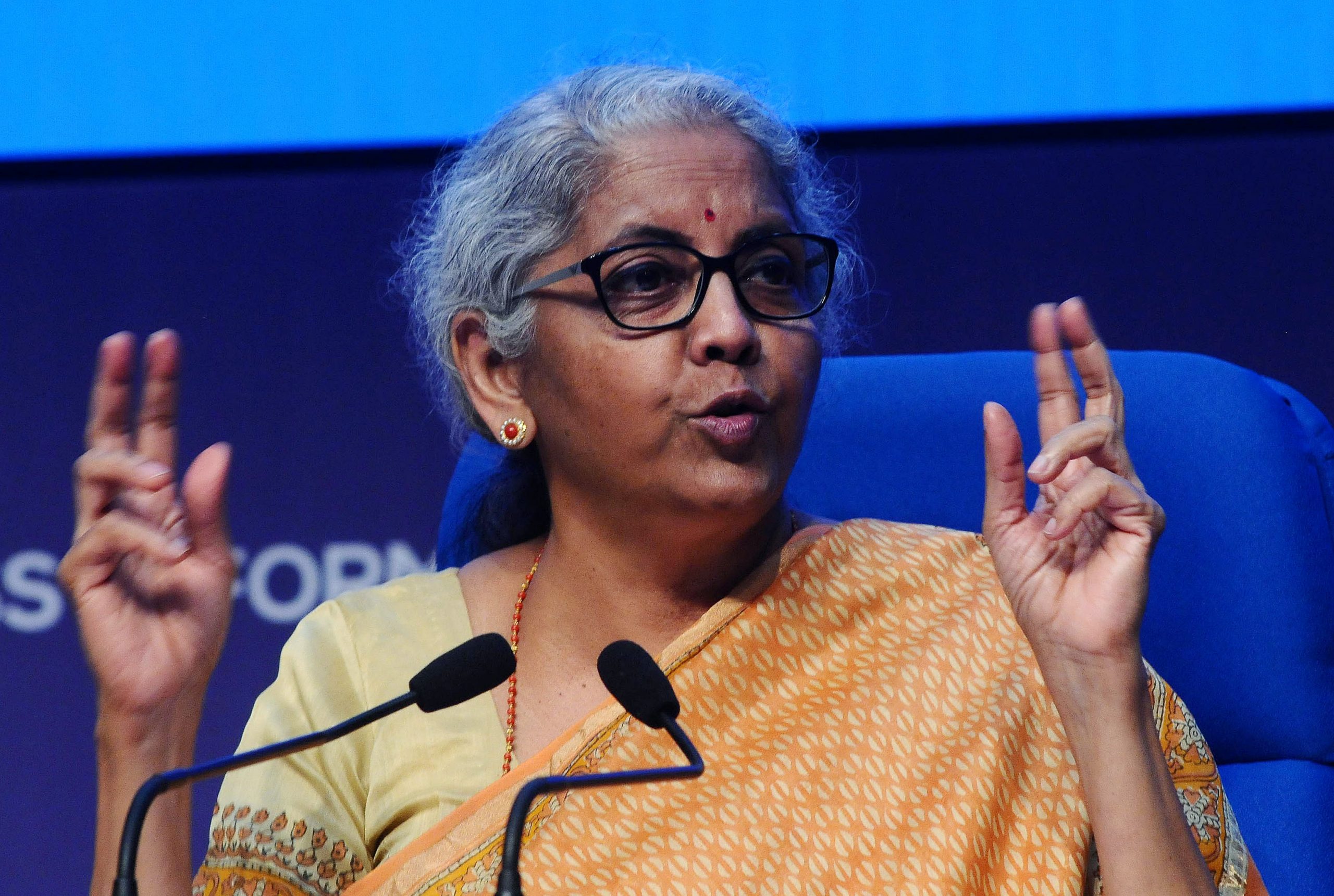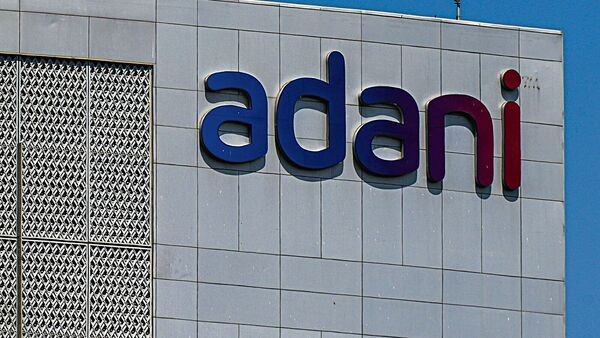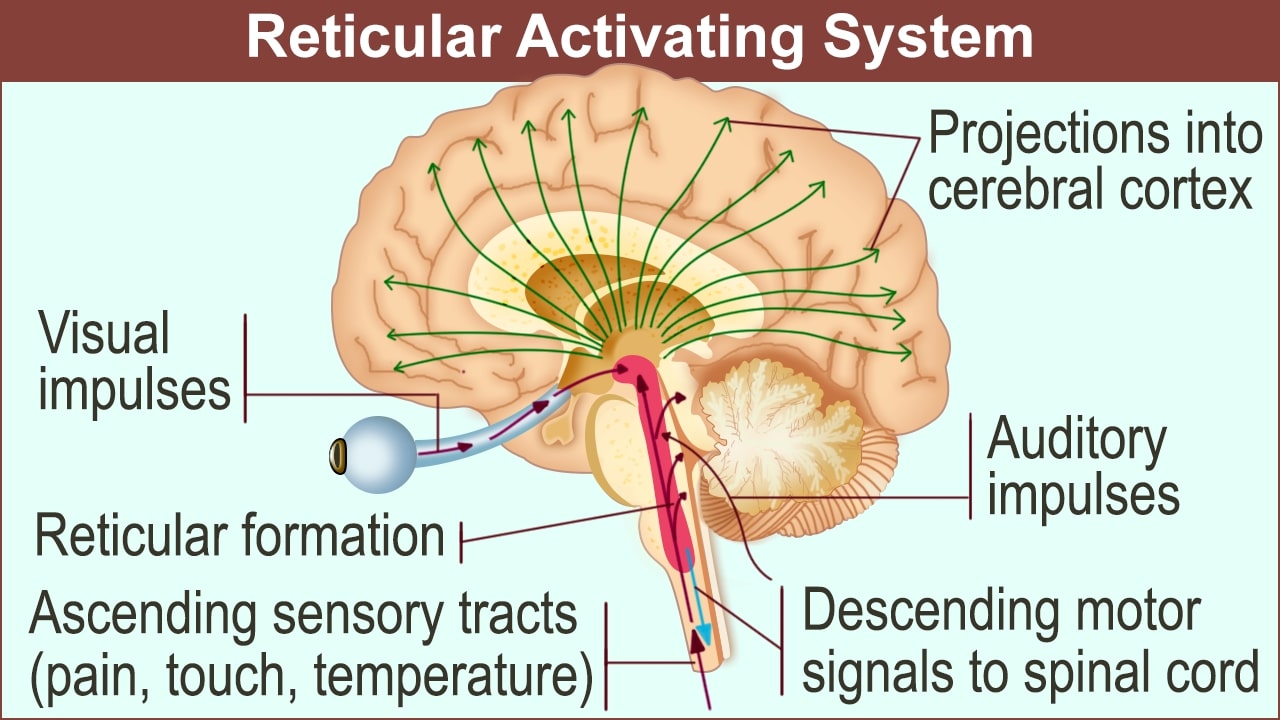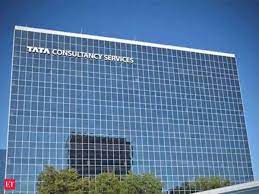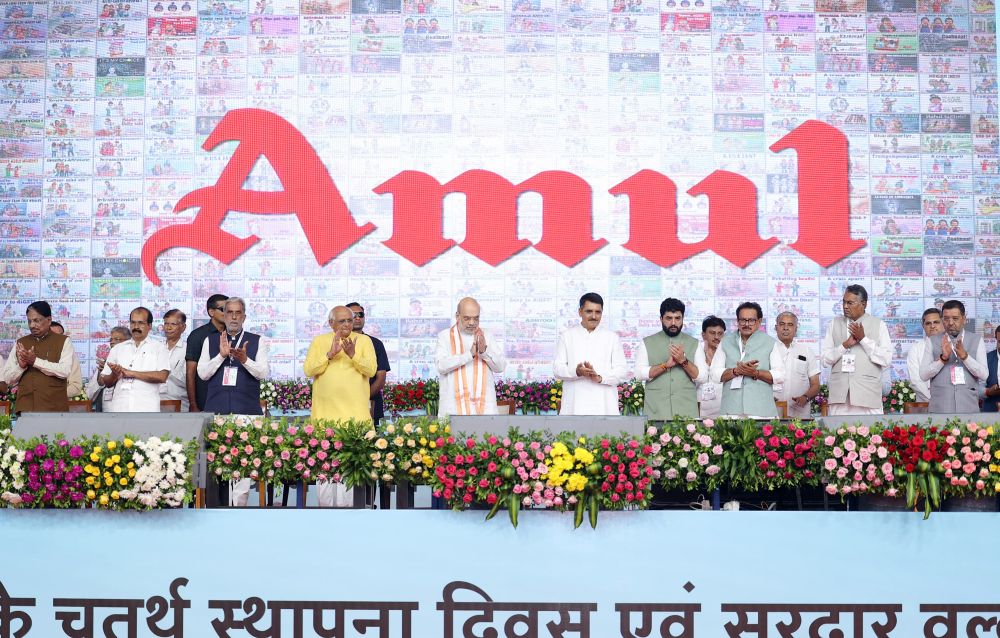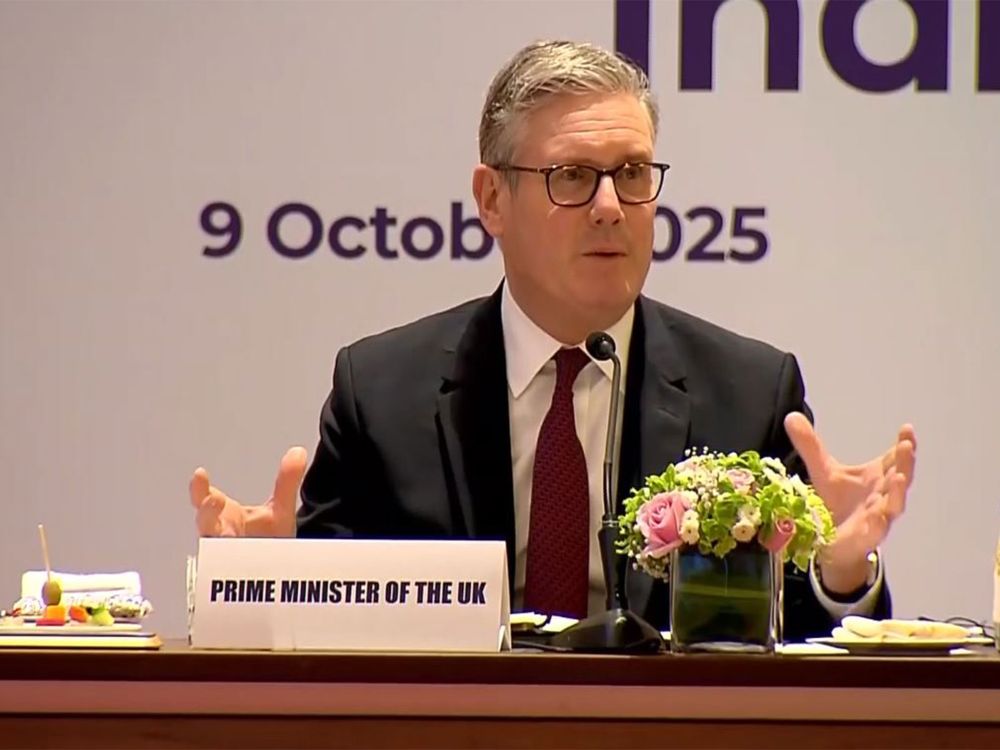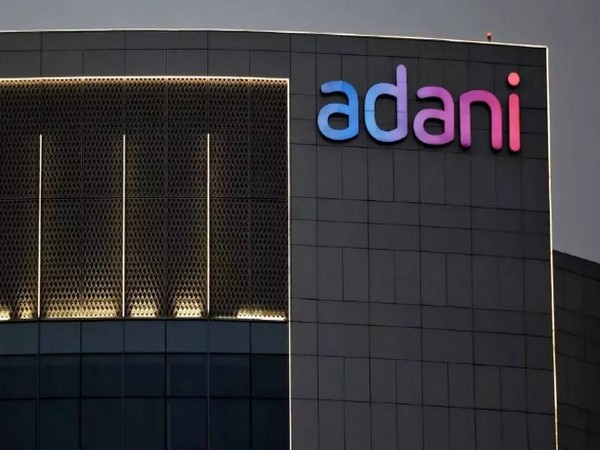Investors of small finance banks have had it rough so far in FY22 as the pandemic bruised balance sheets
Our Bureau
New Delhi
In a major move on Thursday, the Union Cabinet cleared a proposal to provide Rs 30,600 crore government guarantee for security receipts issued by the National Asset Reconstruction Company (NARCL) as part of resolution of bad loans, finance minister Nirmala Sitharaman said. Briefing the media on the decision, she said banks have recovered Rs 5.01 lakh crore of unpaid loans in the last six years. Of this, Rs 3.1 lakh crore has been recovered since March 2018.
The minister also said in the last six financial years, after the Centre’s four ‘Rs’ strategy (Recognition, Resolution, Recapitalization and Reforms) was executed, banks have recovered Rs 5,01,479 crores. The Minister said that in 2015, an asset quality review of banks had happened which revealed a high incidence of Non-Performing Assets (NPAs).
“In last six financial years, the govt’s 4Rs strategy–Recognition, Resolution, Recapitalization and Reforms– was executed. After this bank have recovered Rs 5,01,479 crore,” she said.
The Minister further recalled that in 2018, just two out of 21 public sector banks were profitable. However, in 2021, only two banks reported losses, she said. “I had announced in Budget 2021-22 with an intention to set up an asset reconstruction company and an asset management company to take over the existing stressed assets like loans,” she said.
Sitharaman informed that along with National Asset Reconstruction Company Ltd, Centre is also setting up an India Debt Resolution Company Limited. “Public sector Banks (PSBs) will have 51 per cent ownership in NARCL, while PSBs and public financial institutions will have a maximum of 49 per cent stake,” she said.
Breaking the budgetary allocation, Sitharaman informed that 15 per cent cash payment will be made to banks for NPAs based on some valuation, and 85 per cent will be given as Security Receipts. “For Security Receipts to have their value intact, the government has to give a backstop arrangement, hence the government guarantee of Rs. 30,600 crore cleared by Union Cabinet,” she added.
Meanwhile, it has been reported that Indian Banks’ Association (IBA) will oversee Enhanced Access and Service Excellence (EASE) reforms in public sector banks along with “door step banking” services. Till now the work being done jointly by consultancy firm Bonston Consultancy Group (BCG) and banking industry lobby group IBA.
EASE agenda is aimed at institutionalising clean and smart banking. Its fourth edition – EASE 4.0 – was flagged-off by finance minister Nirmala Sitharaman last month. The first edition — EASE 1.0 — was launched in January 2018. EASE 3.0, unveiled in February 2020, aimed at enhancing the ease of banking across all customer experiences, employing analytics, technology, and alternate data.
IBA has also taken up the reformation of the corporate lending system, dealing with issues like syndicate lending & multiple financing.
Investors of small finance banks have had it rough so far in FY22 as the pandemic bruised balance sheets and the sudden management exits in two of them raised red flags over governance. While the recovery post the second covid wave gives hope on earnings, issues on governance could be trickier to handle.
Meanwhile, Indian banks’ improved performance for the financial year ended March 2021 (FY21) is in contrast to the stress evident from extension of Covid-19-related relief measures to borrowers, Fitch Ratings has said.
The average impaired-loan ratio declined to 7.5 per cent by FYE21 from 8.5 per cent at FYE20. This was driven partly by deferred recognition of asset-quality strains which has masked the stress. Treasury gains also contributed to the resilience of income. “However, within the overall stronger system outcome, it is notable that private banks’ performance was considerably better than that of state banks,” said Duncan Innes-Ker, Senior Director at Fitch.
The challenges faced by vulnerable sectors of the economy — and to bank asset quality — were underscored by the more virulent second wave of infections in 1Q FY22. Fitch revised down its real GDP growth outlook for FY22 to 10 per cent from 12.8 per cent following the surge.
Innes-Ker said the operating environment remains challenging for banks with limited opportunities for business and revenue growth. State banks are also hampered by their weaker capitalization, constraining their ability to lend. Problems could escalate in the event that successive Covid-19 waves and lockdowns prevent a meaningful economic recovery, considering that India’s full vaccination rate is still quite low, albeit gradually improving.
















